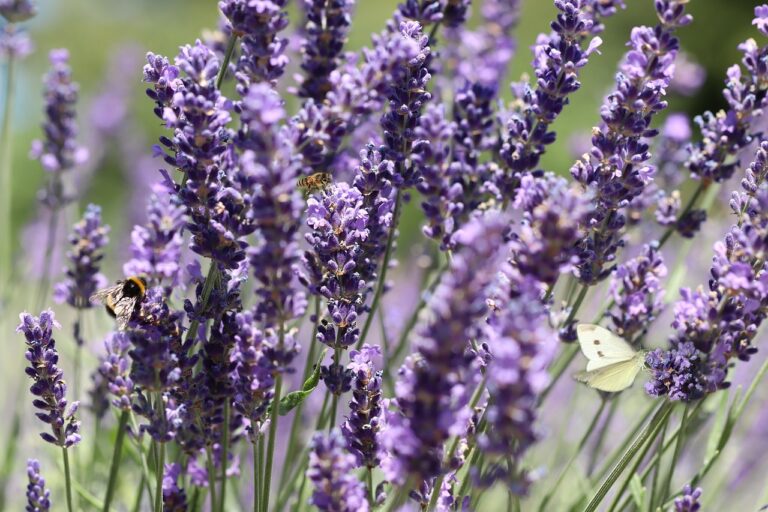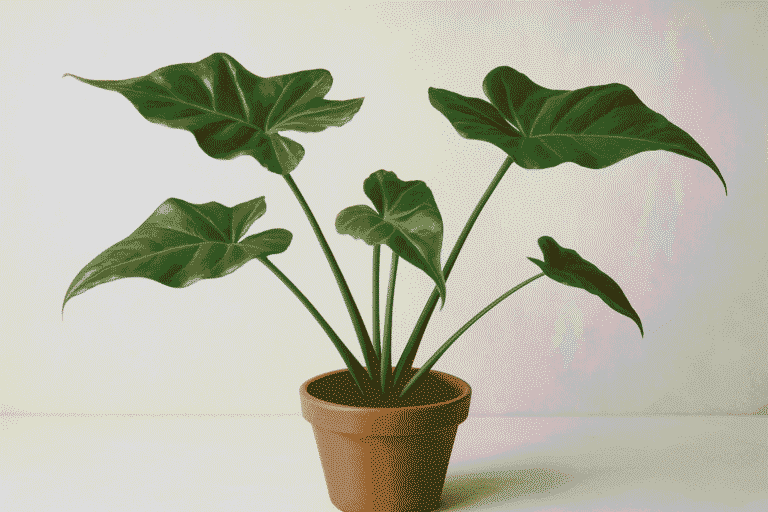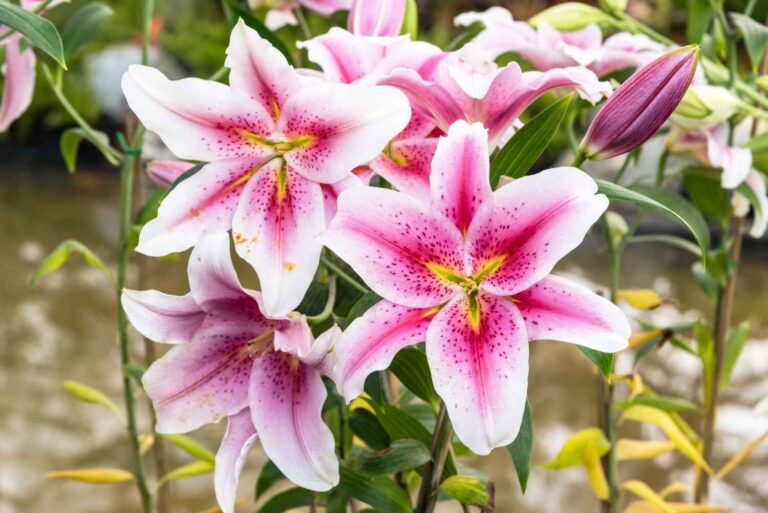Rose Seeds: How to Grow Roses from Seeds in Southern California?

Let me guess—you’ve been admiring those gorgeous rose bushes around town and thought, “Could I grow something like that from seed?” Well, the answer is yes, and I’m here to help you do it. Learning how to grow roses from seeds might sound a bit intimidating at first (I felt the same way!), but once you get started, it becomes this peaceful, rewarding little journey you’ll look forward to every day.
I live in Southern California, where the sun is generous and the winters are mild—pretty much perfect conditions for roses, once you know how to handle the early stages. A few years back, I decided to try growing roses from seeds instead of buying mature plants, and let me tell you, the first time I saw my tiny seedlings sprout? I was hooked.
Growing roses from seed is slower than buying a plant, sure—but there’s something magical about watching them grow from scratch. It’s personal. It’s exciting. And best of all, it’s totally doable, even if you’ve never gardened before.
In this guide, I’ll walk you through the step-by-step process I used—what worked, what didn’t, and what I wish I’d known from the beginning. Whether you’ve got a backyard, a balcony, or just a sunny windowsill, you can absolutely grow your own roses here in SoCal.
So, grab your seeds, a little patience, and let’s grow something beautiful together.
Understanding the Southern California Climate for Rose Growing

Before diving into how to grow roses from seeds, it’s important to understand the unique climate we’re working with here in Southern California. I’ll be honest—when I first started growing roses, I underestimated just how much the weather could impact my success. But once I learned to work with the climate instead of against it, everything changed.
Southern California is known for its warm, dry summers and mild, relatively wet winters. That might sound like a dream for gardening—and for roses, it kind of is! Roses love sunlight (at least 6 hours a day), and SoCal has plenty of that. But our low humidity and occasional droughts mean you have to stay on top of watering, especially in the early seedling stages.
If you’re wondering how to grow roses from seeds here, timing is key. I usually start prepping my seeds in late fall so they’re ready to plant by early spring, once the danger of frost is long gone.
The great thing is, once your roses are established, they absolutely thrive in this climate. With the right care and timing, your seed-grown roses can bloom beautifully in your own SoCal garden—just like mine did.
Choosing the Right Rose Seeds

When I first decided to grow roses from scratch, I had no idea how important it was to choose the right rose seeds. I figured all rose seeds were pretty much the same—turns out, not even close! If you want healthy blooms and strong plants, picking the right seeds is where it all begins.
First, ensure you’re purchasing from a reputable source. I’ve had the best luck with reputable online nurseries or local garden centers here in the U.S. Avoid sketchy sellers or random seed listings—you don’t want to waste weeks nurturing seeds that were never viable in the first place.
Also, consider the type of roses you want. Are you dreaming of classic hybrid teas, low-maintenance shrub roses, or something more unique, like climbers or miniatures? There are so many varieties, and each one grows a little differently.
For beginners, I recommend starting with rose seeds labeled as disease-resistant and hardy, especially if you’re gardening in warmer regions like Southern California. These tend to be a bit more forgiving while you’re learning the ropes.
With a little research and the right seeds, you’re already setting yourself up for a successful rose garden. Trust me—choosing quality rose seeds makes all the difference.
Stratifying Your Rose Seeds for Better Germination

If you’re serious about growing roses from rose seeds, there’s one step you absolutely can’t skip—stratification. I had no idea what that even meant when I started, but once I learned how to do it properly, my germination rates improved like crazy.
Stratification is basically a fancy word for mimicking winter. Rose seeds need a cold, moist period to “wake up” and know it’s time to grow. Since Southern California doesn’t get super cold, we have to recreate that chill artificially—and it’s easier than it sounds.
Here’s what I do: after soaking my rose seeds in water for about 24 hours, I tuck them into a damp paper towel, seal them in a plastic bag, and place it in the fridge (not the freezer!) for around 6 to 10 weeks. I write the date on the bag so I don’t forget when to check them.
Patience is key here. Some seeds start sprouting in the fridge, while others take their sweet time. But trust me, it’s worth the wait. Stratifying your rose seeds properly gives them the best shot at healthy, strong germination—and it feels amazing to see those first tiny roots appear!
Best Soil For Roses

One of the biggest game-changers in my rose-growing journey was learning how important it is to choose the right soil for roses. I used to think any old garden soil would do the trick—until I noticed my seedlings were struggling. Once I switched to a richer, well-draining mix, everything changed. My roses started thriving, growing faster, and producing stronger blooms.
So, what makes the best soil for roses? Roses love slightly acidic soil with a pH between 6.0 and 6.5. I like to use a mix of high-quality garden soil, compost, and perlite or sand to improve drainage. This combo keeps the roots happy—not too soggy, not too dry.
If you’re growing in containers (like I did at first), look for a rose-specific or loamy potting mix that drains well but still holds onto enough moisture. Trust me, soggy soil is the fastest way to lose your roses, especially here in Southern California, where sudden heat waves can stress them out.
I also mix in a bit of aged compost before planting. It’s like giving your roses a healthy breakfast to start their day. Get the soil for roses right, and you’re already halfway to a beautiful garden!
Transplanting Seedlings Outdoors in SoCal

After weeks of babying your rose seeds and watching them sprout into tiny seedlings, it’s finally time for the exciting part—moving them outdoors! I remember the first time I transplanted my rose seedlings in Southern California. I was nervous but also ridiculously proud. Trust me, if you’ve made it this far, you’re doing great.
Timing is everything. In SoCal, I usually wait until early spring—around March or April—when the danger of frost is long gone and the soil has warmed up a bit. These young plants are still delicate, so they need a smooth transition.
A few days before transplanting, I like to “harden off” my seedlings by gradually introducing them to outdoor conditions, starting with a few hours of filtered sunlight each day. After about a week, they’re ready for full sun and a permanent home in the garden.
Make sure your planting spot has well-draining soil, at least 6 hours of sun daily, and good air circulation. I dig a hole slightly larger than the root system and gently settle the seedling in with care.
Watching your rose seeds grow into real, thriving plants in your own SoCal backyard? It’s the best feeling ever.
Watering and Care Tips for Young Roses

When I first started growing roses from seed, I quickly learned that watering roses isn’t just about pouring water and walking away. Especially when they’re young, roses need just the right balance—not too much, not too little. I made plenty of mistakes early on (hello, root rot!), but once I found a rhythm, my roses really started to flourish.
For young roses, I like to water deeply but not too frequently. About 2–3 times a week usually does the trick here in Southern California, depending on the heat. The key is to keep the soil consistently moist, but never soggy. I always check the top inch of soil—if it feels dry, it’s time to water.
Morning is the best time for watering roses. It gives the leaves time to dry off during the day, which helps prevent diseases like mildew or black spot. I also avoid overhead watering and stick to watering at the base to keep the foliage dry.
Beyond watering, don’t forget to mulch! A light layer around the base keeps moisture in and weeds out.
With the right care and attention, your young roses will grow strong and healthy—trust me, it’s so worth it.
Dealing with Pests and Diseases in Southern California

No one talks about the not-so-pretty side of growing roses until it hits you: yellowing leaves, tiny bugs, or black spots on your once-perfect plants. I learned the hard way that rose maintenance needed isn’t just watering and pruning—it also means staying ahead of pests and diseases, especially in Southern California’s warm, dry climate.
Aphids were my first challenge. One day, everything looked great, and the next, I had tiny green bugs all over my new growth. I started with a gentle spray of water, then moved to insecticidal soap, which worked wonders without harming my plants. For spider mites and whiteflies, neem oil has been my go-to—just make sure to use it early in the morning or late evening to avoid sunburn on the leaves.
Diseases like powdery mildew or black spot can sneak in, especially if your roses don’t have good air circulation. That’s why part of the rose maintenance needed is careful spacing, regular pruning, and keeping the foliage dry.
Now I check my roses every few days—it only takes a few minutes, and it saves a ton of trouble down the road. A little attention goes a long way in keeping your roses happy and healthy!
When Do Roses Bloom?

One of the most exciting parts of growing roses from seed is waiting for that first rose bloom. I remember checking my plants every morning, hoping to catch a glimpse of color—it felt like waiting for a surprise party you planned yourself!
Here’s the honest truth: patience is key. Unlike store-bought rose bushes, seed-grown roses take their sweet time. In my experience here in Southern California, you can expect your first rose bloom anywhere from 12 to 18 months after planting the seeds. Yep, it’s a bit of a wait—but trust me, it’s worth every minute.
Once your seedlings are strong, established, and happy in their outdoor home, they’ll begin to reward you. Blooms usually start appearing in late spring or early summer, depending on the variety and when you transplanted. I noticed my first buds the second spring after planting, and it honestly felt like magic seeing those petals finally open up.
Don’t forget—regular feeding, sunlight, and good rose maintenance all play a role in encouraging blooms. Stay consistent, keep caring for them, and those beautiful rose blooms will show up before you know it. And when they do? It’s pure garden joy.
When To Prune Roses?

If you’re anything like me, you might feel a little nervous the first time you pick up those pruning shears. I remember asking myself, “Am I about to ruin my plant?” But pruning is actually one of the most important steps in keeping your roses healthy, blooming, and beautiful.
In most parts of the U.S., including sunny Southern California, the best time to prune roses is late winter to early spring—usually around January or February. I like to wait until just before new growth starts. You’ll notice tiny red or green buds forming on the stems, and that’s your cue.
Pruning might seem harsh, especially after babying your rose plant from seed, but it helps remove dead or weak wood and shapes the plant for better air circulation and sunlight exposure. And believe me, it makes a huge difference in the number and size of blooms later in the season.
Use clean, sharp shears and make your cuts at a 45-degree angle just above outward-facing buds. Don’t worry—you’ll get the hang of it.
Whether you’re new to rose gardening or just brushing up, proper pruning is part of the seasonal rhythm of rose care—and it’s totally worth it for those stunning spring blooms.
Frequently Asked Questions
Rose seeds typically take 12 to 18 months to produce their first rose bloom, depending on the variety and growing conditions.
The best time to plant rose seeds in SoCal is early spring, after stratifying them in the fridge for 6–10 weeks during the winter months.
The ideal soil for roses is well-draining, slightly acidic (pH 6.0–6.5), and rich in organic matter like compost for strong root development.
When watering roses, aim for deep watering 2–3 times a week, keeping the soil consistently moist but never soggy—especially during SoCal heat.
In Southern California, prune your roses in late winter or early spring (January or February) just before new growth starts to boost blooms and overall plant health.
Table of Contents
- Rose Seeds: How to Grow Roses from Seeds in Southern California?
- Understanding the Southern California Climate for Rose Growing
- Choosing the Right Rose Seeds
- Stratifying Your Rose Seeds for Better Germination
- Best Soil For Roses
- Transplanting Seedlings Outdoors in SoCal
- Watering and Care Tips for Young Roses
- Dealing with Pests and Diseases in Southern California
- When Do Roses Bloom?
- When To Prune Roses?
- Frequently Asked Questions
- Mona Lavender Plant: Complete Growing Guide for Beginners
- Alocasia Stingray Plant Guide: Tips for Healthy Growth
- Pink Lilly Flower: Growing and Caring for Pink Lillies



